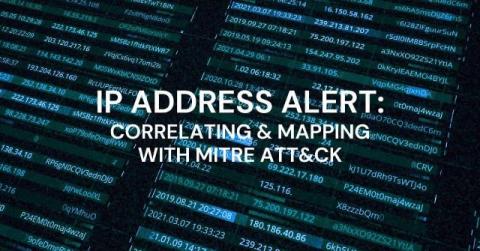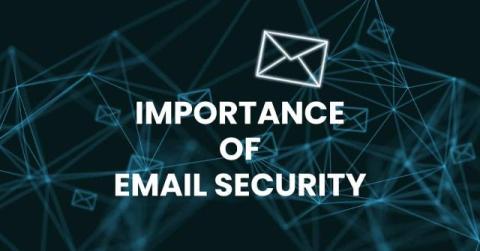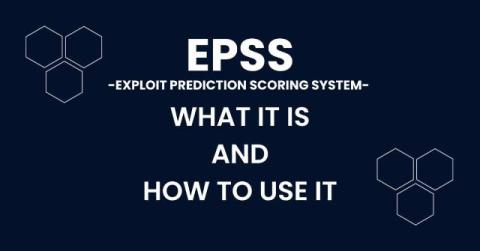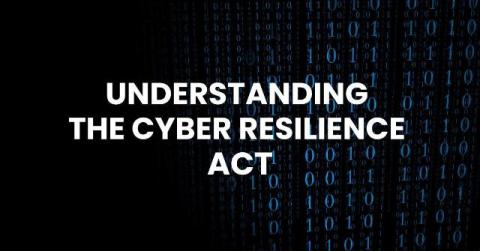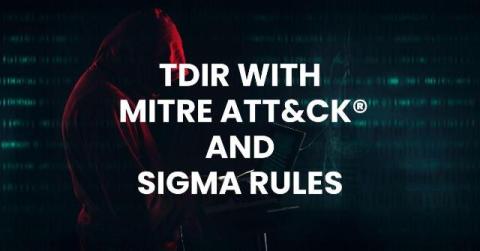IP Address Alert Investigations: Correlating and Mapping with MITRE ATT&CK
An Internet Protocol (IP) address is the digital equivalent of your home address. Your home has a unique identification number that gives information about your physical geographic location, like road, city, state, and country. An IP address provides similar information about the people and devices connected to a network.


